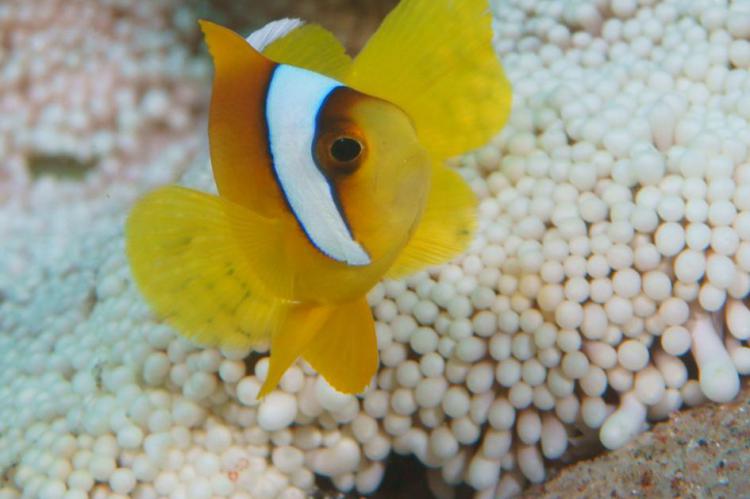Bleaching makes fish reckless
Coral bleaching makes fish behave recklessly. Instead of staying hidden at home, they stray out, making them easy prey for predators.
In experiments, juvenile damselfish in dead corals displayed risk-prone behaviours, sitting further away and higher up on the reef patch, and failed to respond to predation cues, compared to those on live coral patches.
Oona Lönnstedt of the Australian Research Council's centre for coral reef studies who studied the behaviour of pallid damselfish (Pomacentrus amboinensis) on the Great Barrier Reef suggests dead coral masks key chemical signals, so the fish move away to access them..
The results highlight a mechanism through which habitat degradation can impact the relationship between prey and predators in the coral reef ecosystem. As the proportion of dead coral increases, the recruitment and replenishment of coral reef fishes will be threatened, and so will the level of diversity in these biodiversity hotspots.
"I don't think that dead corals have to mask cues per se, but the lack of live coral cues clearly affects their orientation and behavior," Aaron MacNeil of the Australian Institute of Marine Science, tells New Scientist.
The larger question is whether the rate of reef disturbance has increased to the point that they never fully recover. If hard corals were to be lost, then much of the diversity of reef fish would be lost too. Many reef fish need specific habitats that only coral reefs can provide.—Aaron MacNeil, Australian Institute of Marine Science


